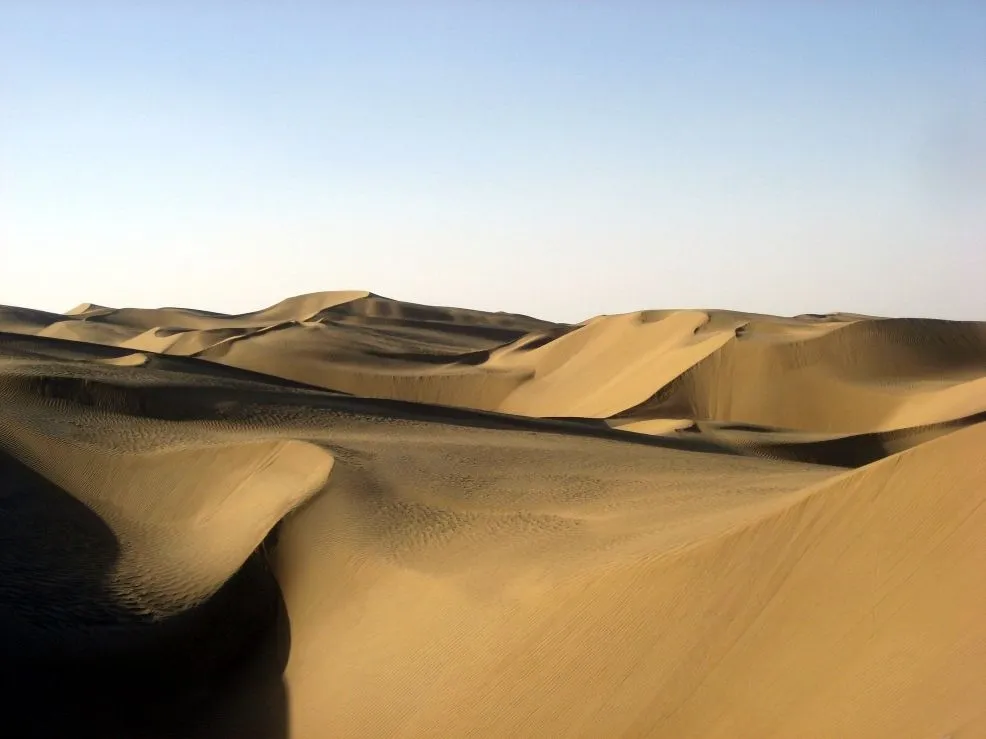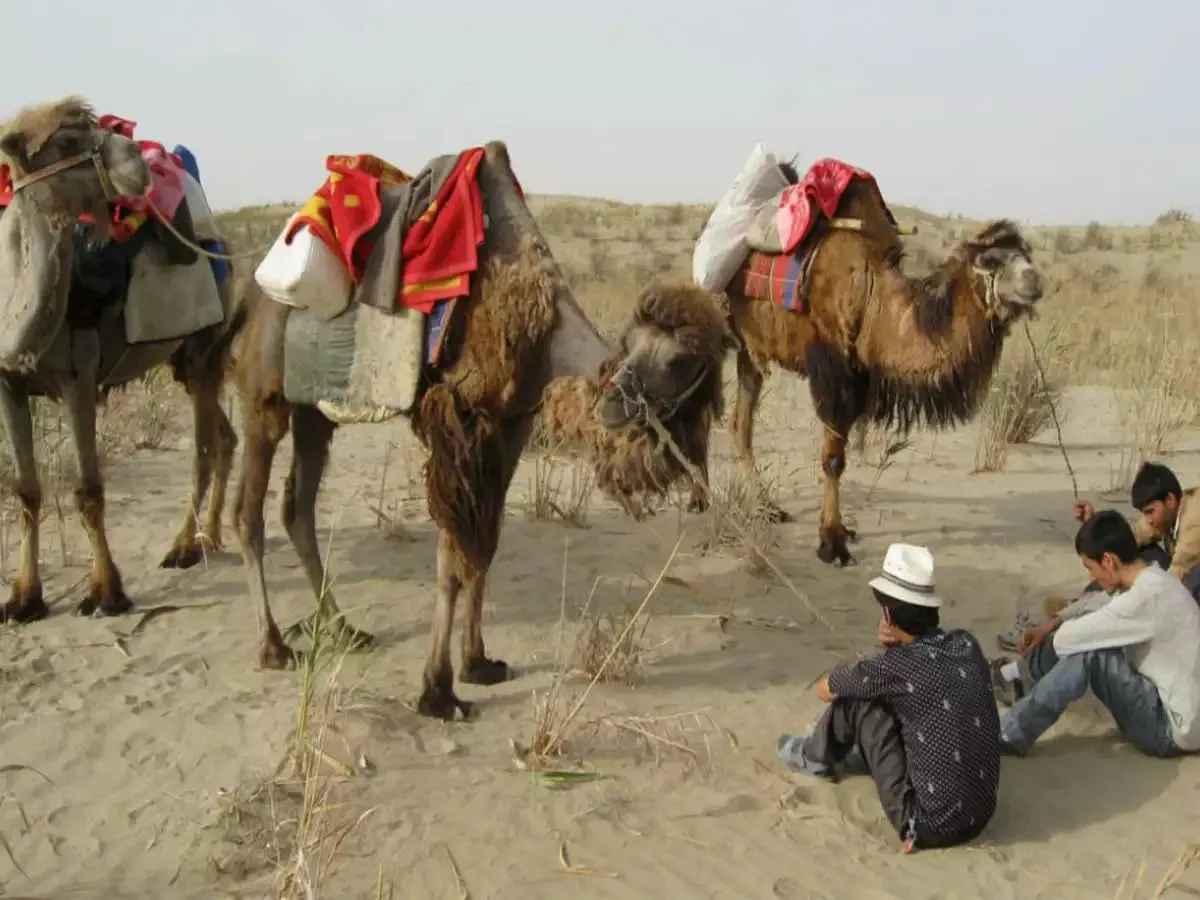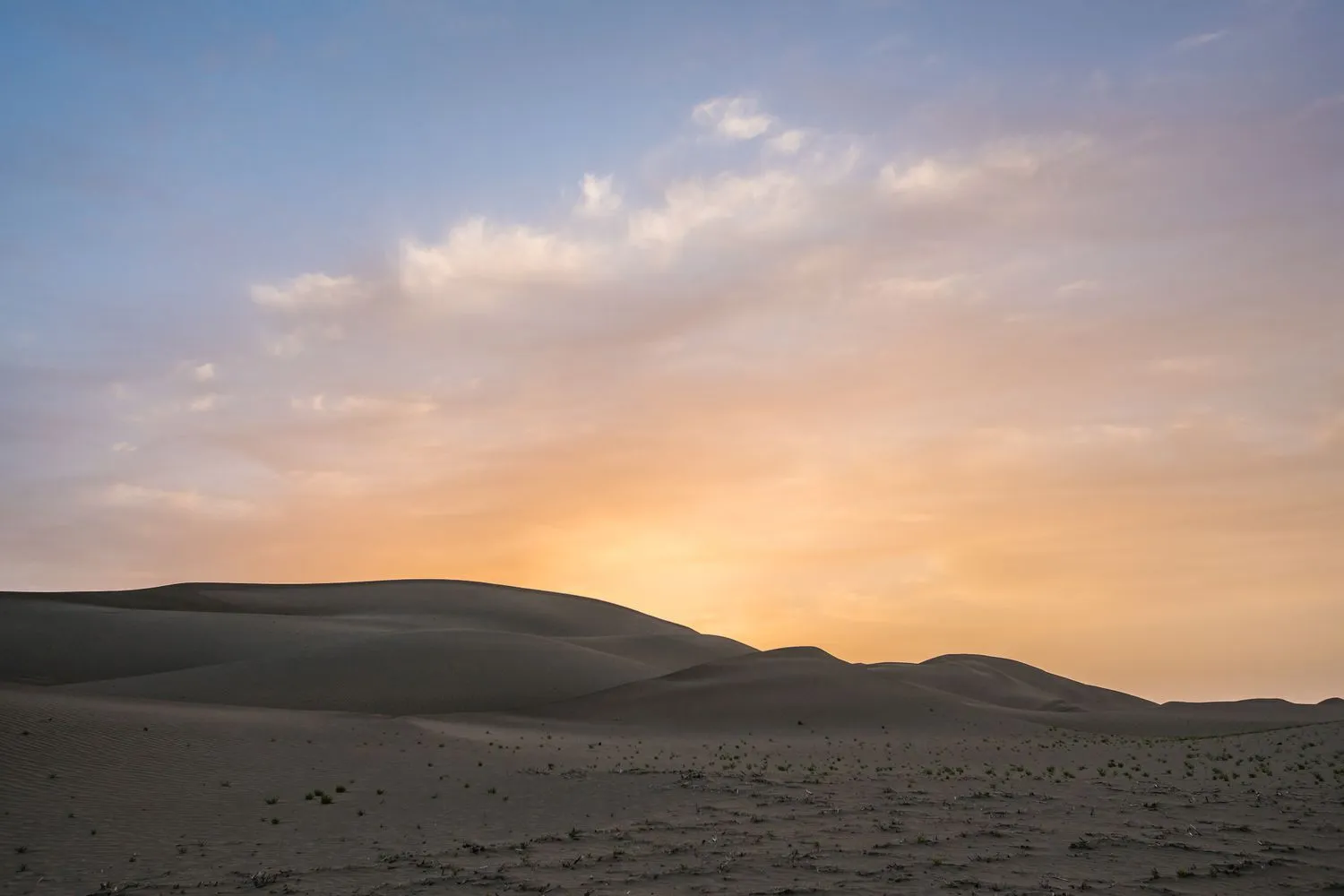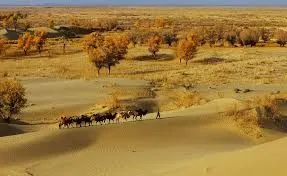
Taklamakan Desert
Taklamakan Desert Itinerary
Day 1: Arrival in Hotan
Arrive in Hotan, one of the major cities near the Taklamakan Desert, either by flight or train. Check into your accommodation in Hotan and take some time to rest and acclimatize to the local climate. Explore Hotan's local markets, where you can find unique handicrafts, carpets, and other goods typical of the region. Have dinner at a local restaurant and enjoy some traditional Uyghur cuisine.
Day 2: Hotan and Yarkand Exploration
Start early in the morning and head to Yarkand, a historic city known for its traditional Uyghur culture and silk production. Visit the Yarkand Old Town and explore its narrow streets, ancient mosques, and traditional houses. Explore the Yarkand Cemetery, which is one of the largest Muslim cemeteries in China and features unique tombstones with intricate carvings. Visit local silk workshops to learn about the traditional silk production process. Have lunch at a local restaurant in Yarkand, sampling some Uyghur specialties. Return to Hotan in the afternoon and visit the Hotan Museum to learn about the history and culture of the region. Spend the evening exploring Hotan's night market and enjoying dinner at a local eatery.
Day 3: Taklamakan Desert Excursion
Join a guided tour or hire a local guide and driver to explore the outskirts of the Taklamakan Desert. Visit the Karakax River, which flows into the desert and provides a stark contrast to the surrounding landscape. Explore the desert oasis villages along the edge of the desert, such as Niya and Miran, which were once prosperous trading centers on the Silk Road. Take a camel ride or a 4x4 excursion into the desert to experience its vastness and unique beauty. Enjoy a picnic lunch amidst the dunes and take in the silence and solitude of the desert. Return to Hotan in the evening and have dinner at a local restaurant.
Day 4: Cultural Immersion
Spend the day immersing yourself in the local Uyghur culture and traditions. Visit a local Uyghur family and participate in traditional activities such as bread making, tea brewing, or music and dance performances. Explore the local bazaars and markets, where you can find a variety of handmade crafts, carpets, and spices. Visit a local mosque and learn about Islamic customs and practices. Have lunch at a traditional Uyghur restaurant, sampling some local delicacies. In the afternoon, you can explore more of Hotan on your own, perhaps visiting local parks or historical sites. Enjoy dinner at a local restaurant and relax in the evening.
Day 5: Departure from Hotan
Depending on your departure time, you may have some free time in the morning for any last-minute exploration or souvenir shopping. Check out of your hotel and transfer to the airport or train station for your onward journey.
Our Tour Details
-
Pick-up and Drop
-
Duration4N/5D
-
Starting Price₹/-
Frequently asked Questions:
The Taklamakan Desert is located in the Uygur Autonomous Region of Xinjiang, western China. It is one of the largest sandy deserts in the world.
The Taklamakan Desert covers an area of approximately 337,000 square kilometers (130,000 square miles), making it one of the largest sandy deserts globally.
The name "Taklamakan" is of Uyghur origin and is believed to mean "Place of No Return" or "Desert of Death," reflecting the challenging and inhospitable nature of the desert.
The Taklamakan is a cold desert, characterized by vast stretches of shifting sand dunes and an arid climate. It experiences extreme temperatures, with hot summers and cold winters.
The Taklamakan Desert formed due to the rain shadow effect caused by the surrounding mountain ranges, such as the Tian Shan and Kunlun Mountains. The lack of significant rainfall contributes to the desert's arid conditions.
Yes, there are several oases within the Taklamakan Desert, providing vital water sources for both human settlement and vegetation. These oases are often located along the edges of the desert.
The Taklamakan Desert played a significant role in the ancient Silk Road trade routes. Caravans had to navigate the desert to connect the East and West, facing the challenges of its vast and inhospitable terrain.
The Taklamakan Desert is considered one of the most inhospitable deserts due to its extreme temperatures, lack of water, and shifting sand dunes. However, some communities have historically settled near oases, relying on these water sources for survival.
Despite its harsh conditions, the Taklamakan Desert is home to various species of wildlife adapted to desert life, including Bactrian camels, gazelles, jerboas, and various bird species.
Yes, there are guided tours and expeditions available for those interested in exploring the Taklamakan Desert. These tours often include visits to oases, ancient Silk Road sites, and opportunities to experience the unique desert landscape.





